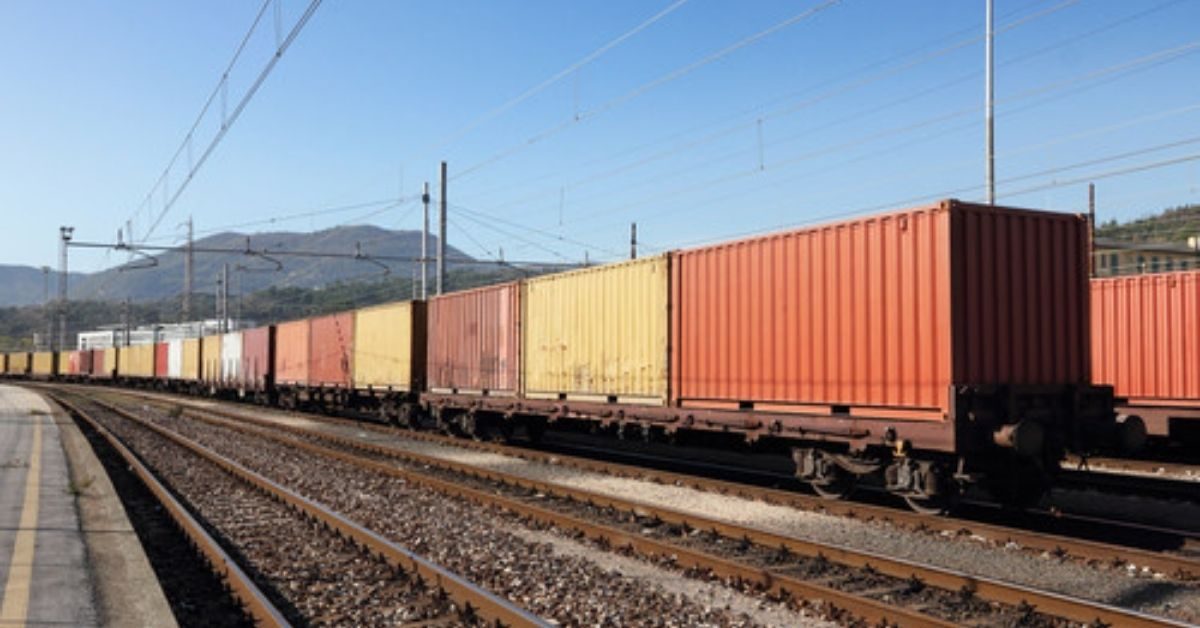The proposed policy envisages changes in the existing one with introduction of new types of goods carriers such as double stack dwarf container, cube container and open top container besides rationalisation of container rates.
Container tariff is being rationalised to bring more harmony in the container ecosystem, said a senior Railway Ministry official.
Indian Railways has an ambitious plan of increasing loading from 4.14 million tonnes (MT) to 6 MT per day. In 2022-23, the railways has achieved 1,512 MT which is 4.14 MT per day.
Now according to the plan, the railways wants to increase the loading to 6 MT per day in order to achieve 2,200 MT by 2025.
According to the railways, in order to achieve this, the national transporter has to target freight commodities which are traditionally not coming to the rail system. To achieve this, the railways cannot rely on minerals and ores such as iron ore and coal only.
As per the National Rail Plan, in the national freight ecosystem nearly 35 to 40 per cent is the balance of other goods. This is roughly 2,000 MT.
However, the railways barely capture 3 to 4 per cent of this balance. If the railways has to achieve 6 MT per day, it needs to capture at least 20 per cent of the balance of other goods in the national ecosystem.
Other goods include automobiles, white goods, FMCG, electronics, commercial foodgrains, agri products and engineering goods among others.
The existing railway wagons including covered ones are not suited to capturing this traffic. In addition, the railways owned terminals are also not ideally suited to capture this traffic.
Therefore, the railways is relying on containerisation to attract other goods.
Since the Covid-19 pandemic, the railways has taken many initiatives covering both container operation and its rating to increase container traffic.
However, out of the total container traffic of the railways, nearly 70 per cent to 80 per cent is EXIM traffic. A very small percentage is domestic traffic.
So, the railways is planning to bring in policy initiatives and rating structure that will increase domestic container movement substantially.
Accordingly, a new approach in both policy and rating of container traffic is being worked out in the Railway Board and likely to be announced soon. The idea is to include more commodities in containers with the introduction of more types of containers such as double stack dwarf and cube and open top container.







